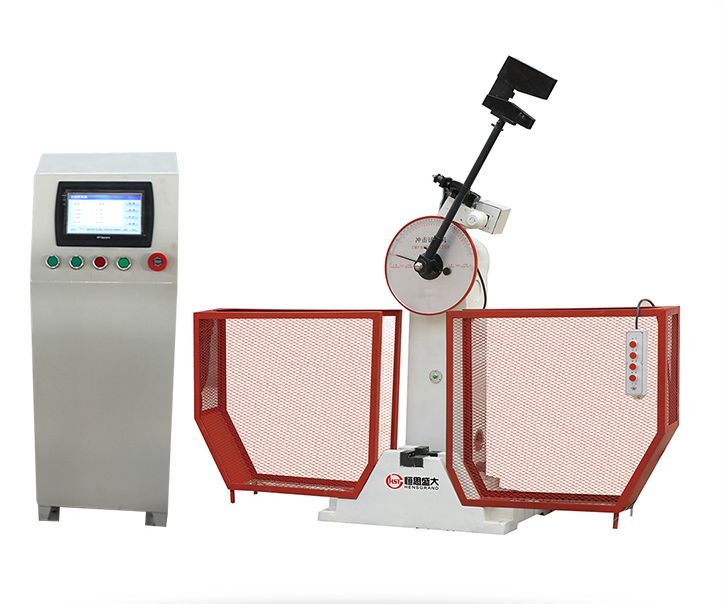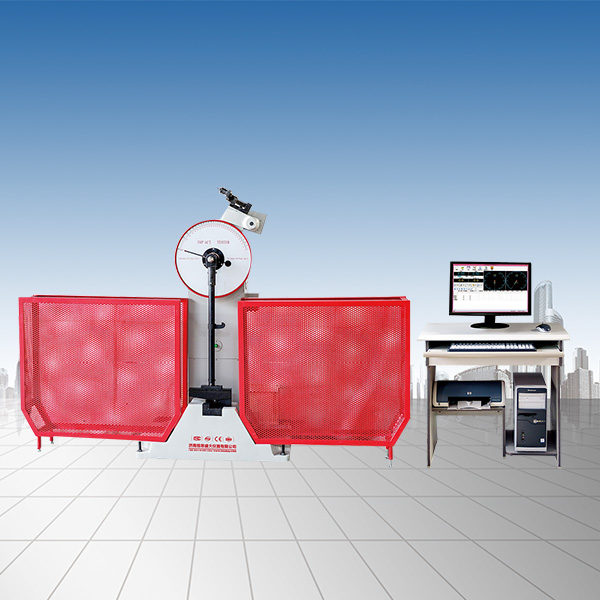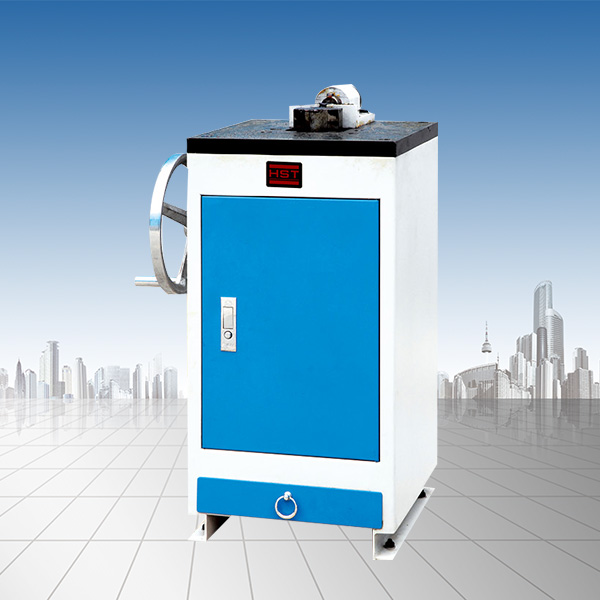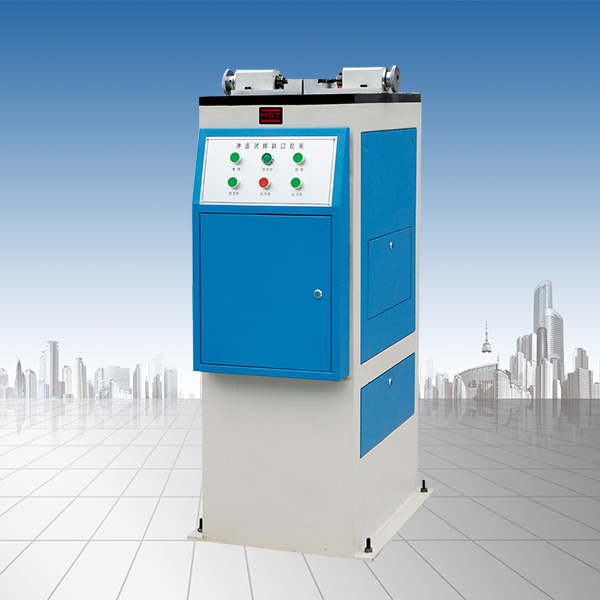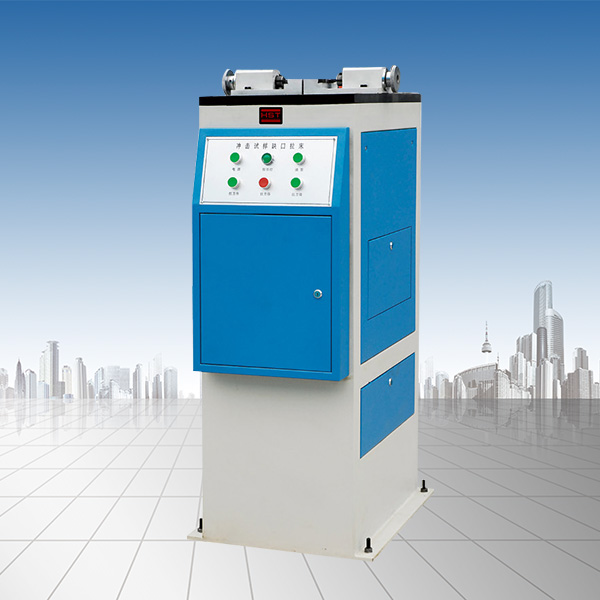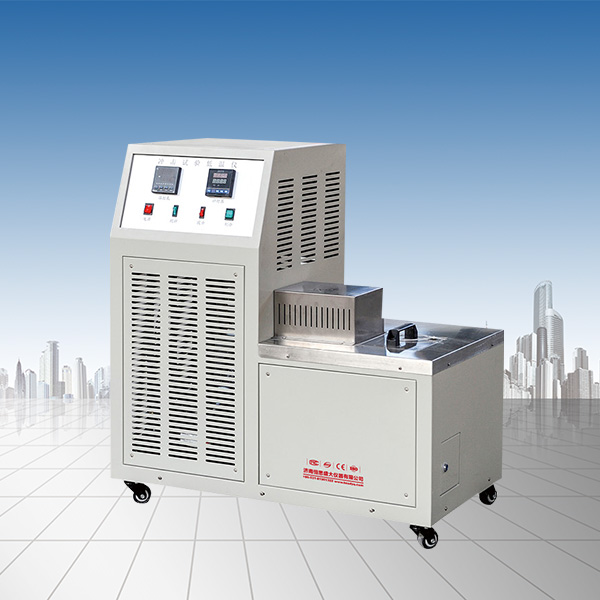Industry Information
Common faults of pressure test machines and their causes
Release time:2021-02-26 source:Jinan Hengsi Shanda Instrument Co., Ltd. Browse:
Pressure testerIt has the characteristics of accurate testing, powerful functions, convenient operation, stable and reliable. It can be used for various physical and mechanical properties testing of various materials such as metal or non-metals. It is widely used in universities, research institutes, testing institutions, aerospace, military industry, metallurgy, machinery manufacturing, transportation construction, construction and building materials and other industries for precision material research, material analysis, material development and quality control. Let's learn it nowPressure testerThe faults encountered during use and their troubleshooting methods.
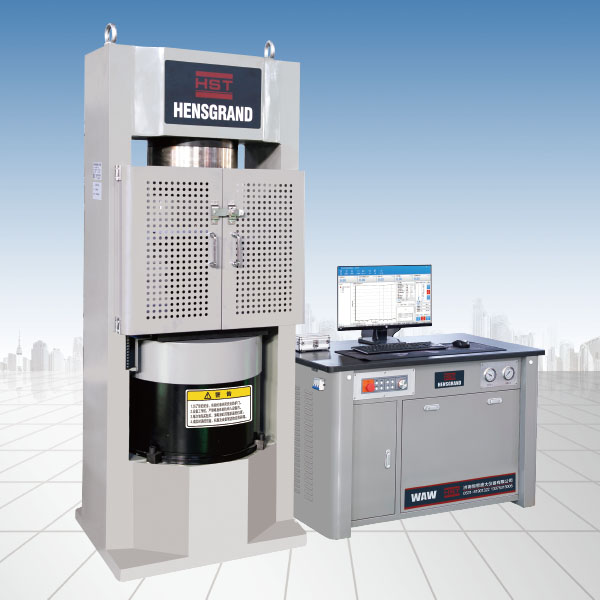
1. The oil pump does not produce oil
Cause: There is air inside the oil pump, the oil filter is blocked, which does not match the oil outlet valve seat, and there are scratches and burrs on the steel ball and the ball seat.
Exclusion method: Open the oil pump high-pressure oil outlet connector for exhaust. Clean and drain the air from the oil pump. Replace or repair the corresponding parts.
2. The oil pump oil is unstable (the pointer can be seen to stagnate and jitter reciprocating).
Cause: The viscosity of the oil is too small (too thin) or too dirty; there is air in the oil passage. There is dirt or hair tied between the oil supply valve piston and its bushing. There is oil leakage.
Exclusion method: Replace cleaning oil with appropriate viscosity. Extract the air in the oil circuit and raise the piston for a certain distance, just open the oil return plug. Clean and grind woven parts. Find the oil leakage and remove it.
3. Oil pressure pulsation (the oil return pipe of the oil supply valve is intermittent, and the pointer of the standard force measuring machine is shaken)
Reason: There is air in the oil pump. The viscosity of the oil is too small (too thin). The gap between the throttle needle of the oil supply valve is too large. There are dirt in the oil pump. The oil outlet valve seat does not match, and there are burrs and scratches on the steel ball and the ball seat.
Exclusion method: Exclude air. Replace the appropriate oil. Reduce throttle needle gap. Clean the oil pump. Replace or repair the corresponding parts.
4. The maximum load cannot be reached by oil pressure
Reason: The oil plug and the sleeve of the oil supply valve are too tight or there are dirt. The spring force of the oil supply valve is too small. There is a large oil leakage. Oil leaks at the front end of the oil supply valve piston. Oil leakage at the oil pipe joint. The working piston gap is too large. The oil return valve needle and mouth do not match.
Exclusion method; Clean or grind the corresponding parts. Add a washer to the end surface of the spring or replace the spring. Eliminate oil leakage. Tighten the screw sleeve. Replace the washer and tighten. Slightly increase oil viscosity or replace the piston. Grind and combine the oil return valve.
5. The pointer does not return to zero after unloading
Cause: The rack is stuck. The swing rod falls back too quickly so that the rack jumps out of the roller.
Exclusion method: Adjust the spring blades integrated. Re-mesh the rack. Rotate the rack and zero.
6. The oscillating thallium falls back too quickly after the test piece is damaged, causing an impact.
Cause: The viscosity of the oil is too small (too thin). The gap between the cone surface of the buffer valve and the valve port is too large.
Exclusion method: Replace oil with appropriate viscosity. Re-adjust the clearance or correct the buffer valve and nut threads.
7. The thallium drops too slowly
Reason: The viscosity of the oil is too high. The gap between the cone surface of the buffer valve and the valve port is too small.
Exclusion method: Replace the appropriate oil. Re-adjust the gap.
8. Turn on the oil pump and swing the pointer back and forth after working
Cause: The lower end of the force measuring piston is not aligned with the top block.
Troubleshooting: Correct location
9. Extra difference in display value error
Cause: The friction between the force measuring cylinder and the force measuring piston is too high, and there will be pollution, rust and hair woven, resulting in negative values. The friction between the working oil cylinder and the working piston is too high, and there is pollution, rust and hair, resulting in positive values.
Removal methods: cleaning, rust removal, grinding
10. The dial display value is unstable, and the error direction varies during multiple pressure tests
Reason: (1) The nuts on the upper and lower ends of the column are not tightened. (2) Ball mount misalignment.
Exclusion method: Tighten the ball mount.
11. Cement specimens become single-sided after being pressed
Reason: Bad focal simultaneous
Exclusion method: Refining the ball mount
12. The burst sound is too loud when the specimen is broken
Cause: The oil cylinder gap is too large. The piston rises too high.
Exclusion method: Add a pad to reduce the rise height of the working piston.
13. No print output during automatic control
Reason: No printing paper
How to eliminate: Load the printing paper
14. Loading automatic control device fails
Notify the manufacturer to send professional personnel to repair
The above is the editor compiled for youPressure testerCommon faults and their causes are related to "methods" and I hope it will be helpful to you. Jinan Hengsi Shanda Instrument Co., Ltd. is a modern high-tech company specializing in the research and development and manufacturing of mechanical testing equipment of metal, non-metal and composite materials. You are welcome to visit and guide!
Recommended productsPRODUCTS


















